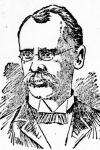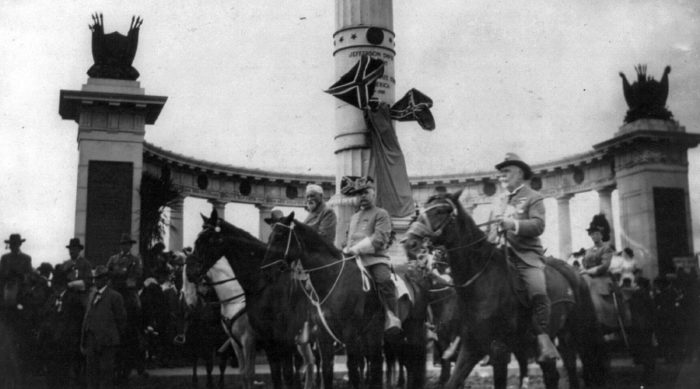
When we last looked at Charles C. Meads last week, he had just built three houses on North Carolina Avenue. The year was 1885, and Meads was just getting started. By this time he had moved from his Garrison Street house to the corner of 4th and A Streets, southeast. The reason for this became clear the following year, when he filed to build four buildings on the other side of the street.
That same year, Meads also built four buildings two blocks north of his home. He followed this up with two more buildings on the same corner, one of which he moved into himself: 101 4th St NE. He would complete his project on that stretch of road in 1887, building four more houses.
Meads, in spite of this building activity, still kept up another job at this time, working the office of the supervising architect in the Department of the Treasury as an architectural draftsman at the princely salary of three dollars per day. It must not have come as too great a blow when in August of 1887, due to a lack of funding, the Treasury architect found it necessary to reduce his payroll and cut the pay of some of his workers, while firing others and Meads found himself in the latter group.
In 1889, Meads expanded his business, joining eight other businessmen to form the Eastern Building and Loan Association. This organization allowed individuals to buy in at $1 a month and receive loans of $200.
In 1891, Meads had a brush with fame when he sold a piece of land just down the street from where he had lived on 4th Street Southeast to John G. Nicolay, Abraham Lincoln’s old secretary, wh was currently in the middle of publishing his magisterial biography of his former boss. Nicolay would build on that land later that year, but would not live in it himself, remaining in his house on B Street.

That Meads had been fully accepted back into good standing despite his service in the Confederate Navy was made clear in 1893, when he was honored by being made part of the 100th anniversary of the laying of the cornerstone of the Capitol. Under W. J. Frizzell (picture), Meads and others were responsible for building the stand that would be used on this occasion.
Later in his career, Meads would use his deep knowledge of Capitol Hill housing to become a well-respected appraiser. He also turned away from the focus on residential property with which he had begun his career and begin taking on government contracts, particularly for military installations and police stations.
In 1904, Meads would retire. He continued to be active, however, serving as a delegate to the Confederate Volunteers of America reunion. His wife would die in 1906, two years later he would become sick himself, though it would take another year for him to succumb on April 13, 1909. He was laid to rest with all honors in Congressional Cemetery.
